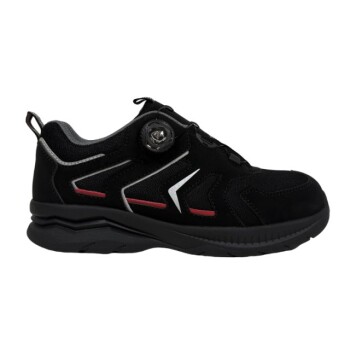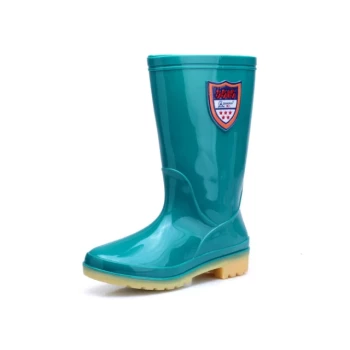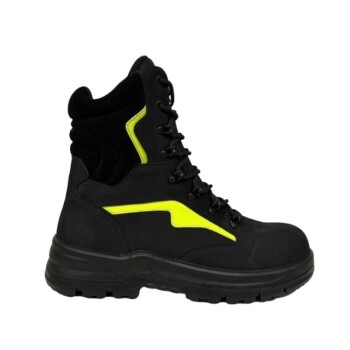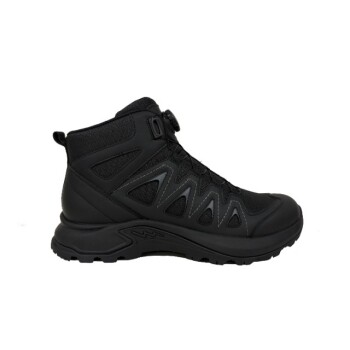The short answer is: no, it's generally not better to go barefoot in the house. While it can feel liberating, going barefoot at home exposes your feet to potential injury and hygiene risks while offering no structural support. A balanced approach using dedicated indoor shoes or slippers is often the superior choice for combining comfort, hygiene, and foot health.
The core issue isn't a simple "barefoot vs. shoes" debate. It's about recognizing that our homes, while clean, are not sterile environments and our feet require support that hard, flat floors do not provide. The optimal solution is to find a middle ground that protects your feet without contaminating your living space.
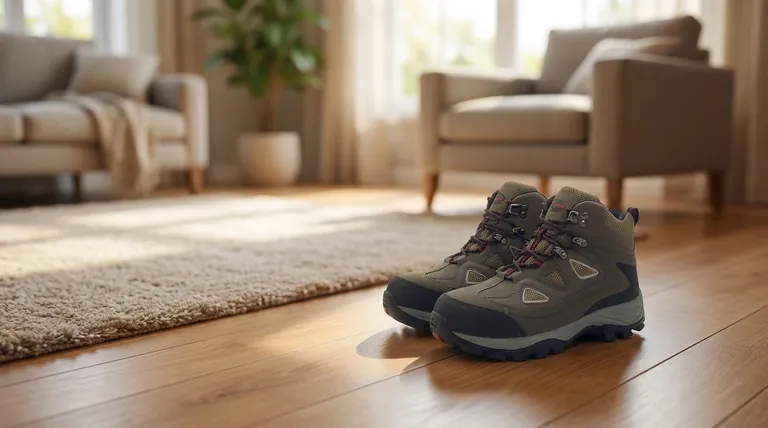
The Case Against Barefoot: Hygiene and Health
Many of us assume our homes are perfectly clean, but floors can harbor bacteria and present physical risks. Going barefoot exposes your feet directly to these issues.
The Hygiene Factor
Floors, even when they appear clean, are a collection point for dust, dirt, and microorganisms. While the risk of serious infection for a healthy person is low, it's not zero.
This is especially true for shared spaces, bathrooms, and kitchens where moisture and foot traffic can create breeding grounds for fungi and bacteria.
The Risk of Injury
Hard surfaces like tile, wood, and concrete offer zero shock absorption. This can contribute to strain on your feet, ankles, and even your back over time.
Furthermore, the risk of stubbing a toe, stepping on a sharp object, or slipping on a wet surface is significantly higher when you are barefoot.
Lack of Structural Support
Modern homes are built with hard, flat surfaces. Our feet, however, evolved for softer, more varied terrain.
Walking barefoot on hard floors provides no arch support, which can exacerbate conditions like plantar fasciitis or lead to general foot fatigue and pain for those with flat feet or other structural foot issues.
Understanding the Trade-offs
Choosing what to do with your feet at home involves balancing comfort, hygiene, and long-term foot health. There is no single perfect answer, only the best choice for your specific circumstances.
Barefoot: The Perceived "Natural" State
The primary benefit of being barefoot is the feeling of freedom and connection to your environment. It allows for the full range of motion of the foot muscles.
However, the "natural" argument falters when applied to unnaturally hard and flat indoor surfaces, which can place repetitive stress on your feet.
Outdoor Shoes: Contamination is the Key Problem
The biggest argument against wearing outdoor shoes inside is simple: they track in everything from dirt and pollen to bacteria and chemical residues from streets and sidewalks.
This practice directly compromises the cleanliness and hygiene of your living environment, defeating the purpose of having a protected indoor space.
Indoor Shoes or Slippers: The Balanced Solution
Dedicated indoor footwear, such as slippers or clean shoes, offers the best of both worlds. They provide a protective barrier against dirt and injury.
They also offer cushioning and support that can alleviate the stress of walking on hard floors, making them a superior choice for both hygiene and long-term foot health.
Making the Right Choice for Your Home
Your decision should be based on your home environment, personal health needs, and comfort preferences.
- If your primary focus is hygiene and support: Opt for dedicated indoor shoes or supportive slippers and strictly enforce a "no outdoor shoes" policy in the house.
- If your primary focus is the sensory feeling of being barefoot: Limit barefoot time to clean, low-risk areas like carpeted rooms and consider using supportive slippers on hard surfaces.
- If you have existing foot conditions (like plantar fasciitis): Always wear supportive indoor footwear to minimize stress and prevent pain aggravation.
Ultimately, protecting your feet and your indoor environment is best achieved by leaving the outside world at the door and giving your feet the clean, supportive comfort they need inside.
Summary Table:
| Consideration | Barefoot at Home | Indoor Shoes/Slippers |
|---|---|---|
| Hygiene | Exposes feet to floor bacteria/dirt | Creates a protective barrier |
| Injury Risk | Higher risk of stubbing toes or slipping | Cushions feet, reduces injury |
| Foot Support | No arch support on hard floors | Provides cushioning and support |
| Home Cleanliness | Keeps outside contaminants out | Prevents tracking in dirt from outdoors |
Give your feet the professional support they deserve. As a large-scale manufacturer, 3515 produces a comprehensive range of high-quality, supportive footwear perfect for indoor use. Whether you are a distributor, brand owner, or bulk client, we can provide the perfect solution to keep feet healthy and homes clean. Contact us today to explore our full catalog of shoes and boots designed for comfort and durability.
Visual Guide
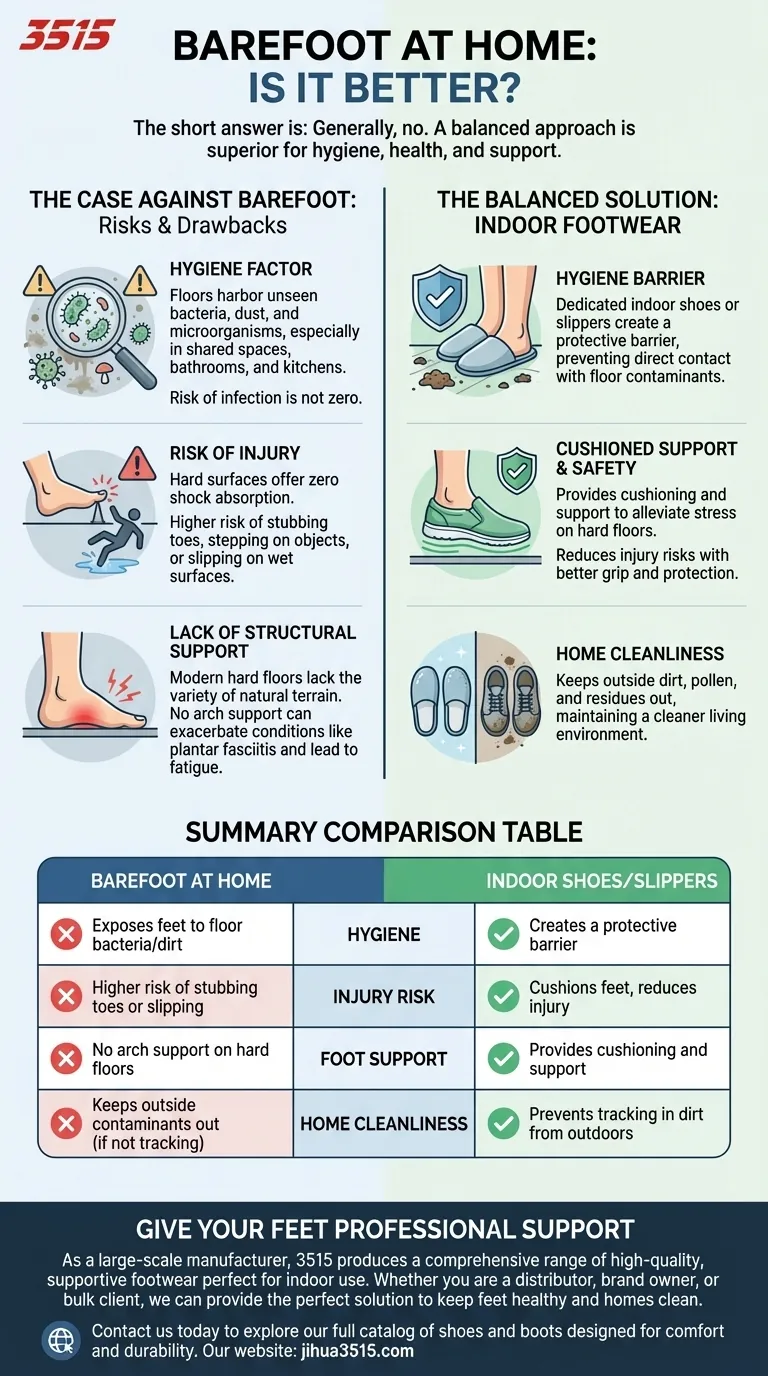
Related Products
- Safety Footwear Wholesale Manufacturer for Custom OEM/ODM Production
- Wholesale Safety Footwear Manufacturer for Bulk & Custom OEM Orders
- Premium Safety Shoes with Rotating Buckle Safety Sneakers
- Premium Wholesale Waterproof Safety Boots High Performance Protection for Industrial Markets
- Wholesale Slip-On Safety Boots Manufacturer - Custom Puncture-Proof & Steel Toe
People Also Ask
- How long can you wear safety boots? The Lifespan is Determined by Wear, Not Time
- How do safety shoes contribute to cost savings for companies? A Strategic Investment in Risk and Cost Management
- What are the differences between steel toe, composite toe, and alloy toe Wellington boots? Choose the Right Safety Toe for Your Job
- What cultural and environmental considerations are tied to wearing shoes indoors? Balance Hygiene, Tradition, and Foot Health
- What are the cultural perspectives on wearing shoes in the house? A Guide to Home Etiquette & Hygiene


